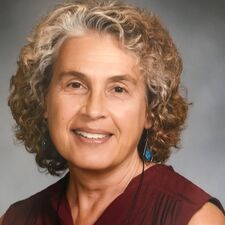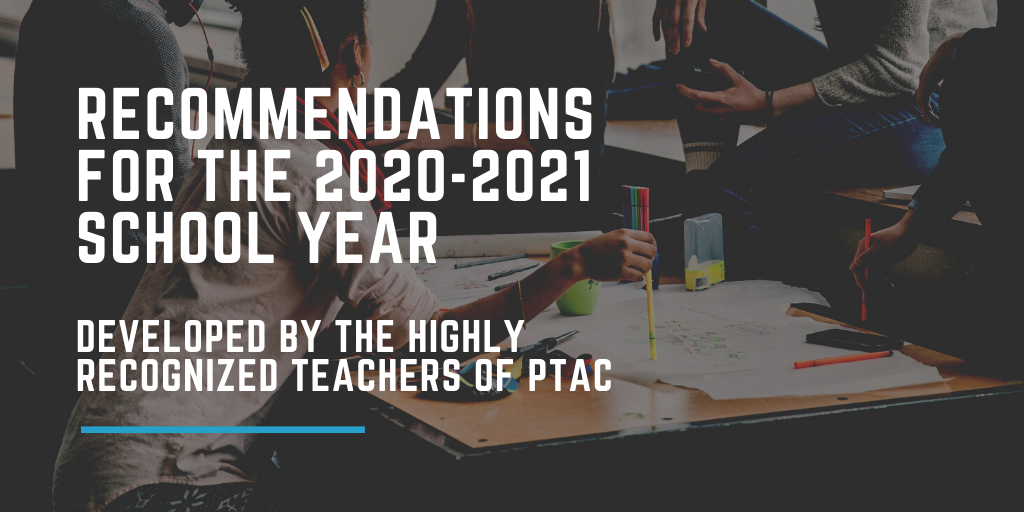BLOG POST BY PTAC MEMBER KAREN GENNARO Have you heard of the ‘Bergson legend’? Well, if your curiosity is sparked, you are entering the realm of wonderment Roderick Gilkey, professor at the Emory University Schools of Medicine and Business, and Dr. Clint Kilts, director of the Psychiatric Research Institute’s Brain Imaging Research Center have called the “serious business of play.” Play provides opportunities for direct experiences. Gilkey and Kilts assert “direct experience remains the keystone of a person’s brain development” (2007). I love legends! Legends link us and our imaginations with people, places, ideas, belief systems...bringing forth a zeitgeist we may never have fathomed but for the resilience of a transcendent narrative. So, who is this legendary Bergson? And how is all of this relevant to play, that universal heritage of childhood? Before digging in, let’s take a moment to construct a common understanding of the word “play”. According to the free dictionary, it is derived from the Old English word “plegian” which meant to exercise....move about freely, to frolic. Present-day definitions of play are diverse, deceptively simple, encompass nearly all forms of engagement, and merge with a multiplicity of states of being. Gilkey and Kilts toss up an educationally relevant definition of this ‘serious business of play’ both as a verb: “individual or group imaginative activity that promotes discovery and learning, or a social activity that promotes emotional and social intelligence; and as a noun: an activity engaged in for enjoyment or recreation.” So, children play. Children learn. Children grow. Children change. Now, what about the ‘Bergson legend’? Well, Henri Bergson was a French mathematician, thinker, writer, and philosopher. His ideas rose to prominence during the late 19th and early 20th centuries. History has it that Bergson puzzled through many vast, intriguing, and enduring human perplexities. His ideas are set forth in texts such as Matter and Memory, Time and Free Will, and Mind Energy. He also wrote about laughter and intuition among other topics. Readers sensed a numinous clarity in his ideas. So it comes as no surprise that when he had occasion to formally declaim them, those ideas took flight for the future. Legend has it that Henri heralded the new year of 1913 as the primary source of New York City’s first-ever traffic jam! You see, he was set to speak at Columbia University about his newest book: Creative Evolution. Turns out that Henri’s speaking engagement garnered public interest just like a telling TED talk would today! Truth be told though, the New York Times actually spurred the gridlock as it ignited an inquisitive public when it proclaimed Bergson’s views on a "vital impetus" or, in other words, the existence of a natural creative impulse inherent in human beings. Central to the concept of this creative impulse is “duration”. Henri posits the notion that there exists among human beings, children, in particular, an individualized or personalized perception of passing time which is distinct from objective and measurable clock-time. He offers that his notion of “duration” can “best be understood through intuition.” The concept of “duration” and other pillars of Henri’s legendary ideas remains relevant today. His influence is visible in the research of Howard Gardner, Martin Seligman, Mihaly Csikszentmihalyi, Mitchell Resnick, and Daniel Goleman. Each proclaims mental, emotional, cognitive, and physical health as necessary and functional contributors to academic growth. Henri’s contributions have reemerged to be reclaimed and reframed within the context of current discourse stressing the school’s responsibility to address the holistic well-being of children. Erika Christakis, author of The Importance of Being Little and early learning advocate, identifies a “play impulse” inherent in all children. She declares this impulse to be an essential aspect of being when she states “Play is the fundamental building block of cognition.” Neuroscientist Jaak Panksepp concurs. To forge an alliance between play, learning, and the affective brain, Panskepp tells us the joy children experience while at play becomes the necessary “emotional fuel”. A sort of multi-sensory synchronicity emerges as children delve deeply into their play. Teachers must have the agency to offer, provide opportunities for, and join with children to create and support teachable moments that emerge spontaneously while immersed in play. Play is a child’s work. The Pennsylvania Teachers Advisory Committee affirmed in its recent Recommendations for the 2020-2021 School Year that education, including early education, must focus on the holistic wellbeing of children to ensure they are mentally, emotionally, physically, and academically healthy. How is this to be achieved? One way is by ensuring that educators and stakeholders truly understand the historical depth and scientific breadth of the statement: experiences grow the brain. Schools must embrace this paradigm. Schools must afford teachers the critical instructional agency necessary to move the field forward, away from the gridlock of the current largely decontextualized skill-driven test-prep curriculum. It is vital that teachers are empowered to design experiences that link academic learning with the playful, creative inclinations of children. Further, administrators and teachers must accept that it is imperative for early learning settings to provide a consistent context for “complex extended play periods” (Christakis, 2016) during the school day. In so doing, we support young children in their intuitive search for patterns, structure, and cohesiveness among curricular outposts and each other. Framing academic learning in this way will engender growth patterns that engage the whole child. Institutions amplify society’s messages. Author and speaker Thomas C. Murray reminds us that “Prioritizing the social-emotional aspects of learning helps us see more than what we teach. It helps us see who we teach.” Public educational systems whose mission is to school all children to a high level with equity and integrity must acknowledge and accept a commitment to continual institutional improvement through reflective practice and undertaking related action. Schools must accept that in order to truly contribute to the communities they serve, they must continuously grow and change to meet the needs of the people they educate. As I mentioned, I do love a legend! But, I believe in a tangible legacy. These few words offered by Henri Bergson have impacted a multiplicity of thinkers and doers over time: “To exist is to change, to change is to mature, and to mature is to go on creating oneself endlessly.” These words can also serve to spark a playful mindset and propel us into the future! Join me on the journey? #existtochange!
0 Comments
Your comment will be posted after it is approved.
Leave a Reply. |
AuthorPennsylvania Teachers Advisory Committee Archives
March 2022
Categories |


 RSS Feed
RSS Feed